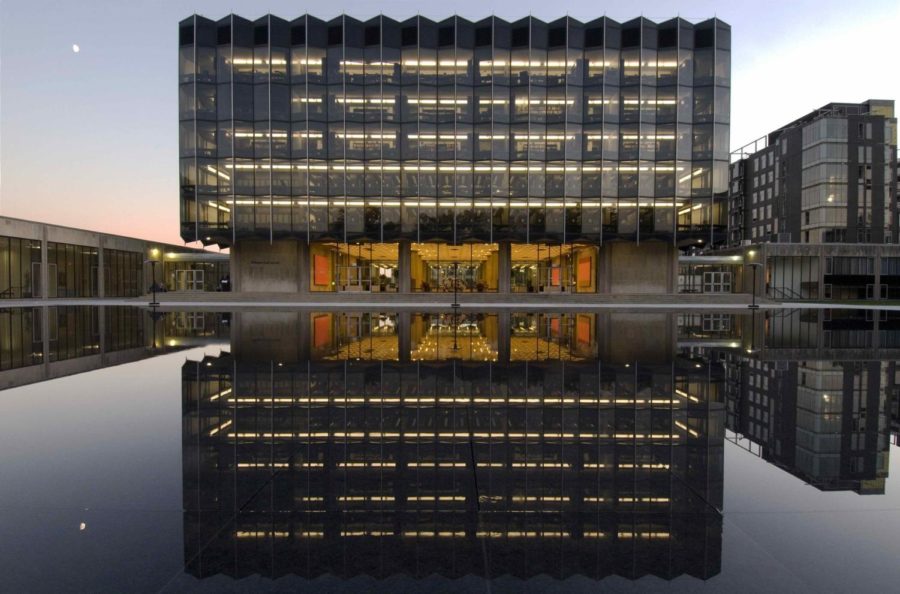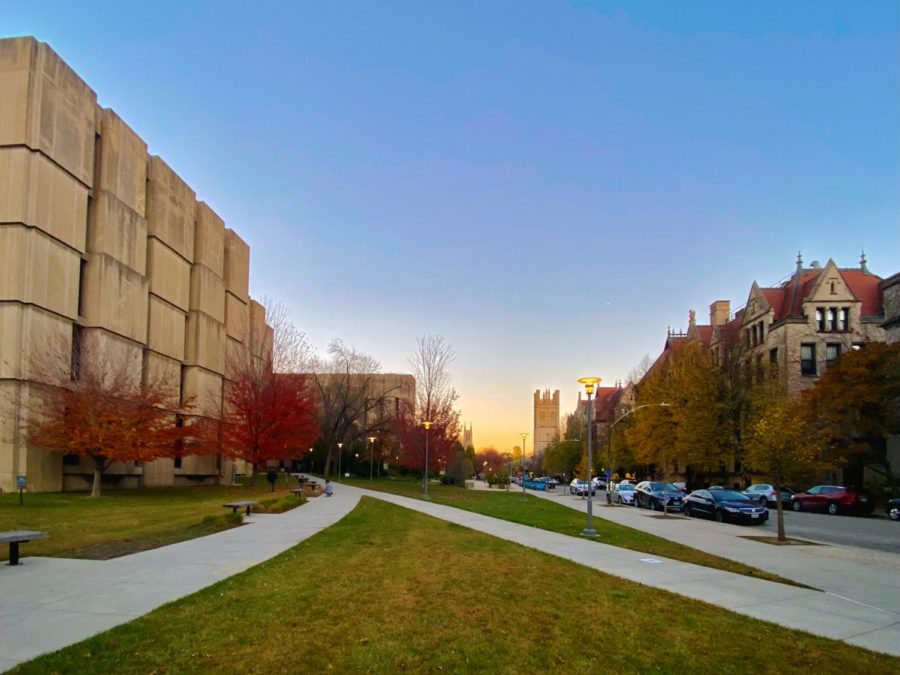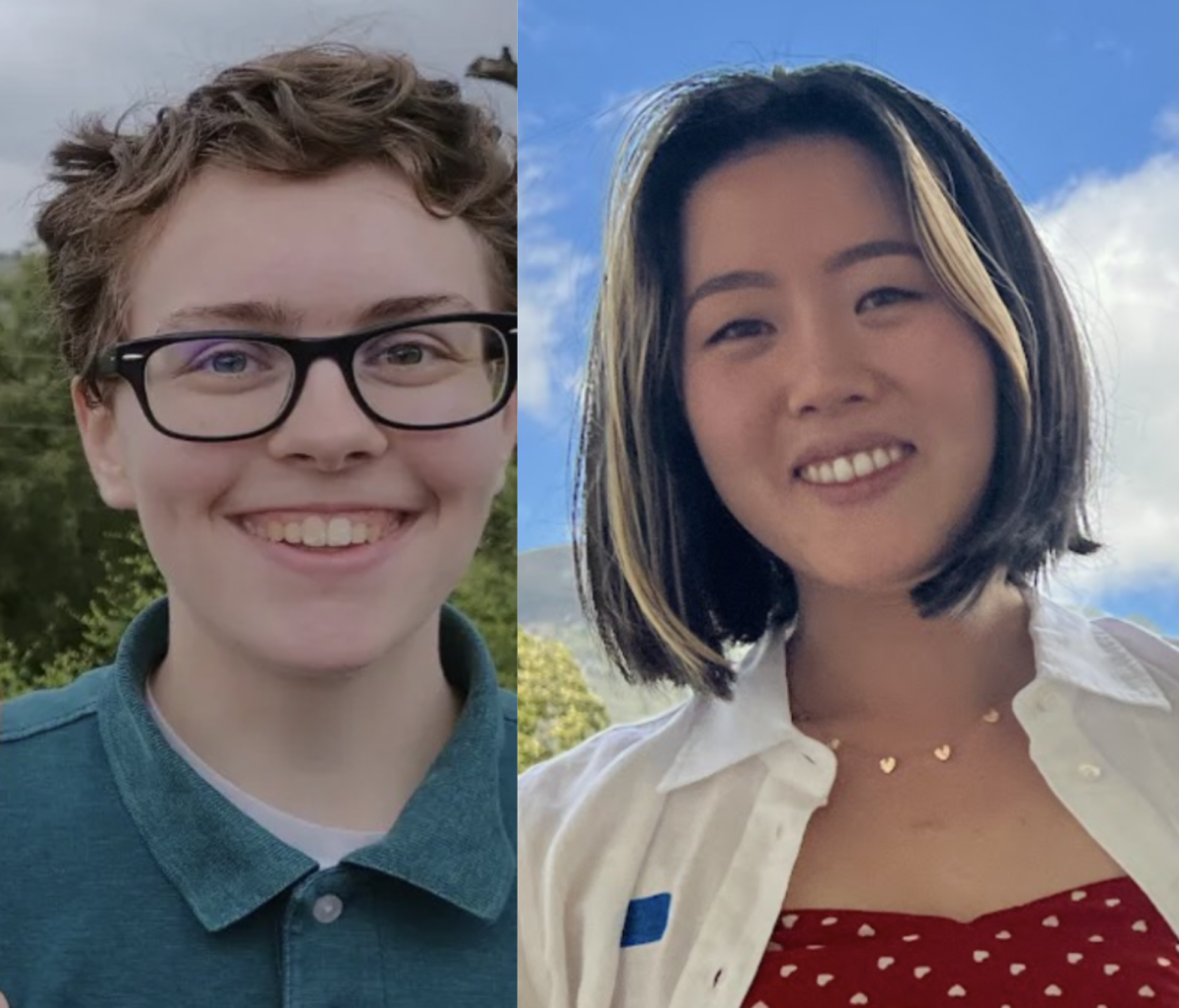The Trauma Responders Unify to Empower (TRUE) Communities project, founded by Mamta Swaroop, a general surgeon at Northwestern University Feinberg School of Medicine, recently released a report on the efficacy of its training. The Trauma Responders Unify to Empower (TRUE) Communities project released a report that declared its bystander training effective. TRUE Communities arrived at UChicago when Franklin Cosey-Gay, Executive Director for the Chicago Center for Youth Violence Prevention at the School of Social Service Administration (SSA), got involved in the analytics to evaluate the training’s efficacy. The Maroon spoke to both Cosey-Gay and Swaroop.
Swaroop shared a story about a former TRUE Communities student who was shot in the back. The student stayed calm, applied pressure to the wound, and called 911, all on her own.
TRUE Communities is a training course that empowers witnesses of violent crime to act, not only by calling 911, but by applying pressure to a wound and wrapping a makeshift tourniquet for the victim in the critical seconds and minutes after they suffer a gunshot wound. The course begins with a restorative justice circle, and also covers the process of moving an injured victim out of an unsafe situation along with education about Chicago trauma centers. Understanding and skills in these areas increased dramatically after the course.
It teaches community members who are witnesses to violence to be first trauma responders. It began in communities on the South Side of Chicago.
Swaroop says the TRUE Communities initiative was formed as a response to grassroots activism for a South Side trauma center in 2010. Before the UChicago Medicine trauma center opened in 2018, victims of gun violence had to travel sometimes more than 30 minutes in an ambulance to the Northwestern Memorial Hospital north of the Loop. Swaroop wanted to counteract the violence she saw after feeling helpless watching countless gunshot wound victims die on the way to the hospital or in her operation room.
Cosey-Gay got involved in the project when he met Swaroop at a community organizing meeting with then Mayor of Chicago Rahm Emmanuel. Bystander empowerment to treat wounds and mitigate trauma is important to Cosey-Gay, a lifelong resident of the South Side.
Cosey-Gay sees a need for TRUE Communities training. 503 participants from Chicago have been trained. Out of those participants, 51.9 percent say they have witnessed “someone shot with a gun” according to the pre-course survey, and 34.7 percent have “seen someone die before they could receive help”. Only 41.9 percent percent knew, before the course, to take a gunshot victim to the closest Level I trauma center.
In a way, Swaroop sees bringing trauma care to the people as standing up where the emergency response and healthcare system falls short. “It’s not only about the necessary emergency care, but also about being a little subversive with the system,” Swaroop said. Swaroop described how people who learned to wrap a makeshift tourniquet and perform other rescue measures felt empowered to intervene in violent crime until victims could reach the emergency room. By taking action, a bystander also influences the psychological impact of the event on themselves.
Cosey-Gay emphasized that while other community efforts, such as Dr. Gary Slutkin's Cure Violence initiative, go into preventing violence, bystander trauma after witnessing violence is also common. “With strong connecting families, we can prevent them from being involved in violence, but keeping them from being exposed to violence is a bigger issue,” Cosey-Gay says. TRUE Communities training is a response to potential bystanders to community members to respond actively as a bystander, in the event that they witness violence.
Cosey-Gay found many perceived barriers to action when witnessing a violent crime—for example, the bystander effect keeps individuals from even dialing 911, as they assume that someone else must have already called.
In communities at high risk for violent crime, Franklin found that barriers to bystander intervention are even higher. Survey data analyzed by several researchers, including Cosey-Gay, showed that many people did nothing or left the scene of violence out of fear that the police, upon arriving at the scene, would think that they were involved. “Part of what’s been taken away from communities systematically is community investment. The first response is, yes, call emergency experts, EMTs, however, you don’t feel like you can’t do anything,” Cosey-Gay explains.
Cosey-Gay and Swaroop used the health belief model as a basis for bystander empowerment. At its core, the health belief model posits that people who not only know the risks of inaction but also know that their actions will have an important effect are more likely to act.
Swaroop has observed a gradual adoption of TRUE Communities training as community members have come to an understanding of its potential impact. She describes a group of high school students who thought the program was “stupid,” and then, after an incident of violence at their school, reached out to receive TRUE Communities training.
Swaroop said she has seen the training’s effects in her workplace. Something as basic as an early application of a makeshift tourniquet could save someone’s life. When Swaroop hears that someone in her community has come in with a makeshift tourniquet, it affirms to her the effectiveness of TRUE Communities training.
Currently, the TRUE Communities program is expanding internationally and is a required part of every new taxi driver’s education in Bolivia. It’s odd, Swaroop said, to not be able to have that same say in the United States as abroad, but nonetheless, she was amazed and thankful for all the progress.
Though Swaroop is passionate about TRUE Communities training and calls it her “therapy,” feeling more powerful in the classroom than in the operating room, she has had to delegate teaching responsibilities to sustain the project. Anyone can teach the course, not just doctors.
Swaroop referenced her former student, saying that “she saved her own life” because of TRUE Communities training.







